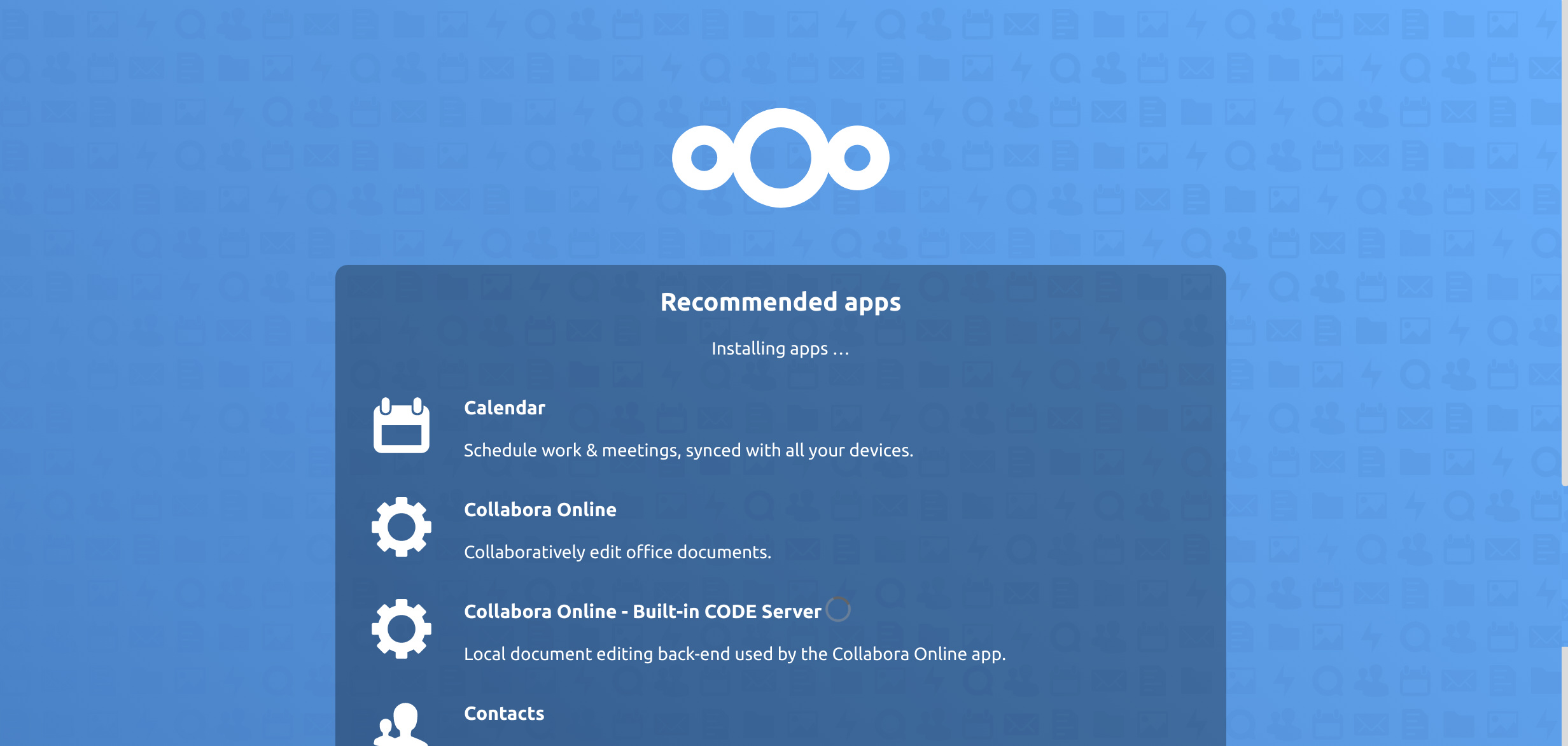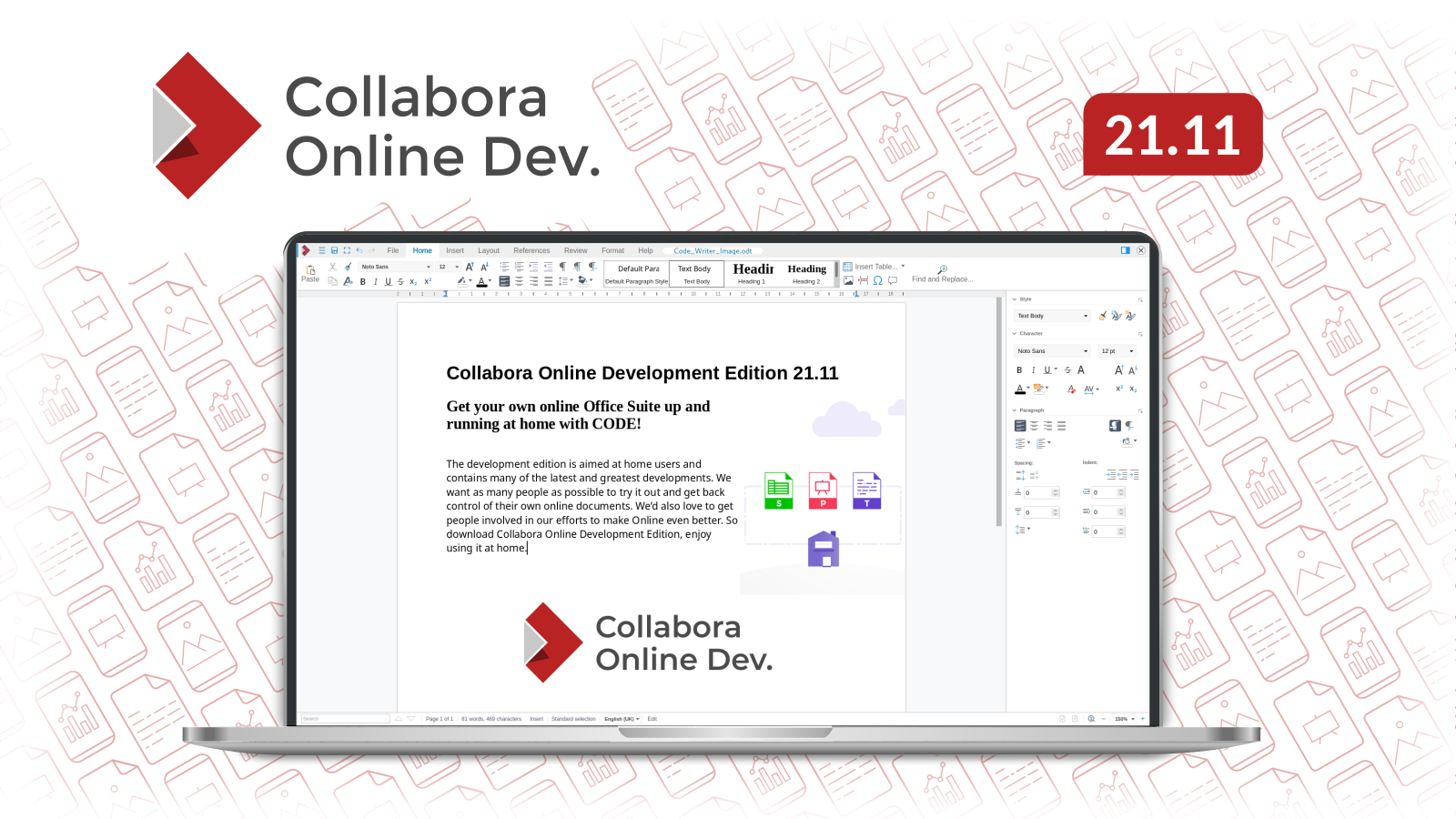
- #Collabora code requirements activation key#
- #Collabora code requirements install#
- #Collabora code requirements software#
- #Collabora code requirements password#
Your Collabora Online server is now ready for use.īefore you can access the server using the custom FQDN, you’ll either have to add the name of the appliance to the list of DNS nameservers, or add its IP address and FQDN to the local hosts files, such as /etc/hosts in Linux. When you’re done, the appliance will restart and bring the settings into play.

Unless you know what you’re doing, it’s best to go with the default suggested entries. The process will use the name of the organization to suggest a fully qualified domain name (FQDN) for your appliance, along with the settings for the built-in directory server.
#Collabora code requirements activation key#
You’ll also be asked for an email address, where Univention will send the activation key for the appliance.
#Collabora code requirements password#
The process will also ask you for the name of the organization, along with the password for the Administrator user. However, the default first option, which configures the appliance to manage users as well, should work well for most users. Then comes the Domain setup screen, which offers three options to integrate your appliance with an existing directory server on the network. By default, the appliance obtains IP address information automatically using DHCP, though we’d suggest you to specify one manually. One of the first important steps in the process is the network settings. ConfigurationĪs soon as you have successfully imported the image, you can start your virtual machine, which on the first boot, will take you through a straightforward setup wizard to help you customize some important aspects of your Collabora Online instance. In VirtualBox, head to File > Import Appliance… and point to the downloaded image. Once you’ve downloaded the image, simply import it in your virtualization platform.

We’d suggest you select the Nextcloud integration atop VirtualBox, which is what we’ll be using in this tutorial. To get started, simply download the image for your favorite cloud platform in the virtual image format that you prefer. Each appliance is available in four formats, namely KVM, VirtualBox, VMware Workstation, and VMware ESXi. You can choose between two types of integration, CODE with Nextcloud or CODE with ownCloud.
#Collabora code requirements software#
This appliance contains CODE, and all the additional software you need to get you up and running in minutes.
#Collabora code requirements install#
The container has also been added to a network called nextcloud-net, this network contains the docker containers of Nextcloud and the PostgreSQL db that Nextcloud uses.The easiest way to install CODE for a quick tryout is to download it as a virtual appliance from the app center of the Univention Corporate Server (UCS). PATH and LC_CTYPE variables haven't been created by me, its probably Portainer. usr/local/sbin:/usr/local/bin:/usr/sbin:/usr/bin:/sbin:/bin The container has the port mapping 9980:9980 and the following environment variables: dictionaries I am using the collabora/code:latest-arm64 image. I am trying to set up my own CODE server via Docker as the CODE server app on breaks NextCloud on my Raspberry Pi 4B with 8GB RAM. What Is SelfHosted, As it pertains to this subreddit? Also include hints and tips for less technical readers.

We welcome posts that include suggestions for good self-hosted alternatives to popular online services, how they are better, or how they give back control of your data. Service: Blogger - Alternative: WordPress Service: Google Reader - Alternative: Tiny Tiny RSS Service: Dropbox - Alternative: Nextcloud While you're here, please Read This FirstĪ place to share alternatives to popular online services that can be self-hosted without giving up privacy or locking you into a service you don't control.


 0 kommentar(er)
0 kommentar(er)
